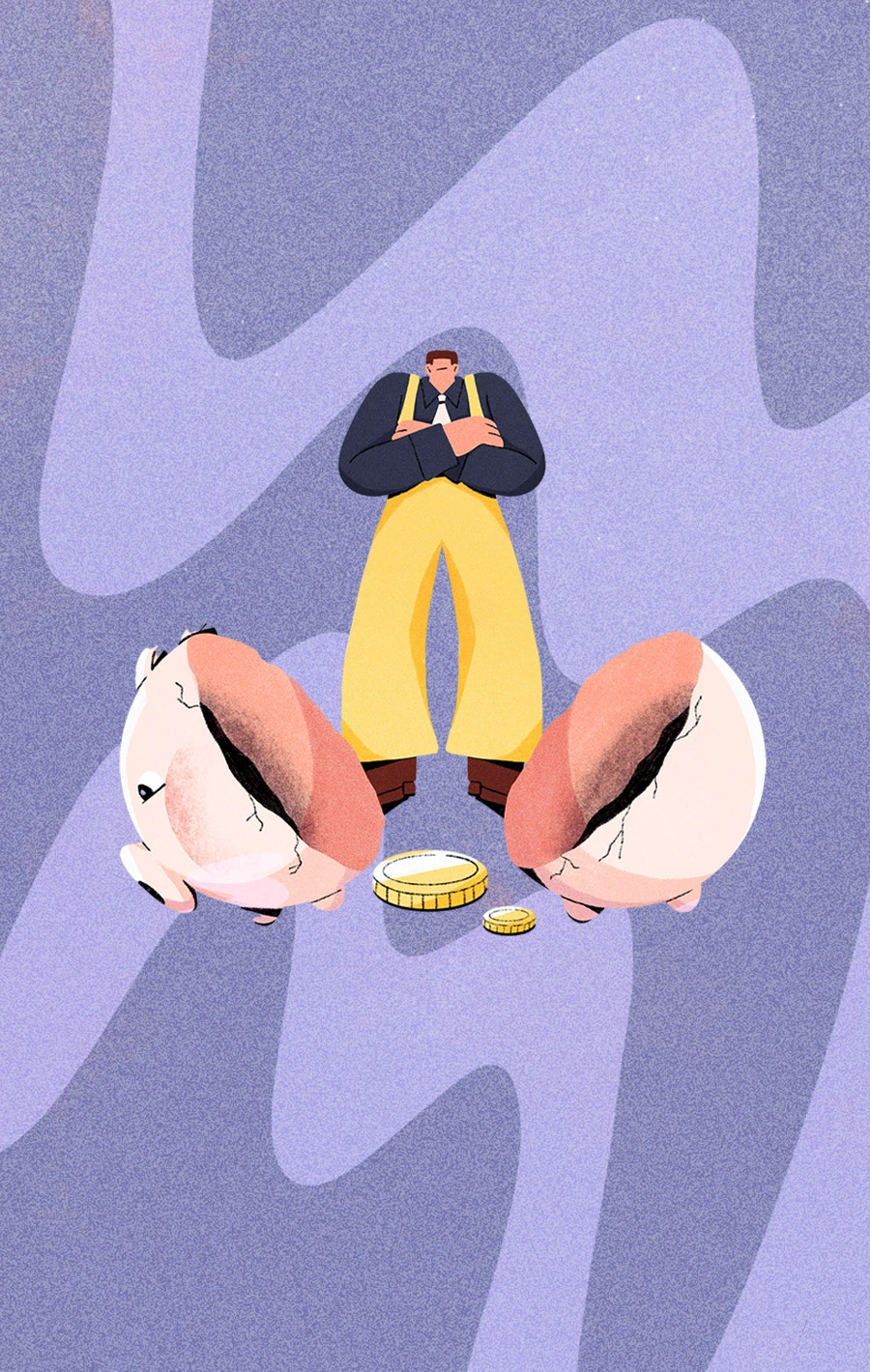Defaulted HEAL Loans: How to Get Out of Default
Updated on August 31, 2025
If your Health Education Assistance Loan (HEAL loan) is in default, the debt doesn’t fade. The government can chase it forever — garnishing wages, seizing tax refunds, or cutting off Medicare and Medicaid payments if you’re a health professional.
The surest way out is to consolidate into a Direct Consolidation Loan. Consolidation halts collections, resets your loan to good standing, and unlocks repayment and forgiveness programs that HEAL loans don’t offer.
What Happens When You Default on a HEAL Loan
Default flips a switch. Once you stop paying, the federal government can unleash collection powers that never expire:
Garnish your wages. The Department of Education can order your employer to take up to 15% of your disposable pay — no court order needed.
Seize your tax refunds and benefits. The IRS can grab your refund, and Social Security or other federal payments can be withheld until your debt shrinks.
Drag you into court. The Department of Justice can sue in federal court, win a judgment, and then slap liens on your property or move to seize assets.
Cut off professional reimbursements. If you bill Medicare or Medicaid, the government can reduce or block payments until you make arrangements.
Wreck your credit. Lenders report HEAL defaults to credit bureaus as severe delinquencies, making it harder to qualify for mortgages, business loans, or even some professional licenses.
Unlike private loans, these powers never time out. Once you default, the government can keep coming until the debt is gone.
Options to Resolve a Defaulted HEAL Loan
You can’t ignore a defaulted HEAL loan, but you do have choices. Some clear the default, others simply keep the government off your back.
1. Consolidate into a Direct Loan (best fix)
You can roll your HEAL loan into a Direct Consolidation Loan. This resets your loan to good standing, halts collections, and unlocks programs like Income-Driven Repayment (IDR) and Public Service Loan Forgiveness (PSLF).
HEAL-to-HEAL consolidation no longer exists. In the past, borrowers could merge multiple HEAL loans into one, but that process is obsolete and provides no modern benefits.
Judgments can block consolidation. If a court judgment exists, you usually can’t consolidate until it’s cleared. In some states, judgments expire if they aren’t renewed, and clearing an expired judgment may reopen the door to consolidation — but it takes legal work.
Related: How to Get HEAL Loans Out of Default
2. Set up a voluntary payment plan (protect yourself)
If you can’t consolidate, you can ask the Department of Education for a hardship payment plan. This won’t erase the default, but regular payments can shield you from wage garnishment, Social Security offsets, or tax refund seizures. For many older borrowers, this option is about stability, not fixing the loan.
3. Negotiate repayment terms (case-by-case)
The Education Department sometimes allows borrowers to make structured payments, similar to “rehabilitation” for other federal loans. Because HEAL is discontinued, these arrangements are handled individually and aren’t standardized.
4. Try for a settlement (rare)
If you can pay a lump sum, you can try to negotiate. But big discounts are rare — the government often insists on the full principal, sometimes more.
Related: Can You Settle a HEAL Loan?
5. Seek a discharge (last resort)
HEAL loans disappear only if you die, are deemed totally and permanently disabled, or — in very rare cases — succeed in bankruptcy. Bankruptcy discharge requires proving repayment would be “unconscionable,” a far stricter test than the normal “undue hardship” rule.
Related:
How to Take Action
Here’s the path forward if your HEAL loan is in default:
Call the Department of Education’s HEAL Program Team at 202-297-5938 or email HEAL@ed.gov. This office handles all HEAL defaults.
Ask about Direct Consolidation to see if you can roll your HEAL loan into a Direct Loan. If there’s a judgment, check if it’s still enforceable — expired judgments may be cleared, which can reopen the door to consolidation.
Set up a voluntary payment plan if needed. If consolidation isn’t possible yet, request a payment you can afford. This won’t erase the default, but steady payments can shield you from garnishments, tax refund seizures, or Social Security offsets.
Keep a record of everything. Write down names, dates, and what was said. Save all letters and emails so you have proof if you need to challenge collections.


